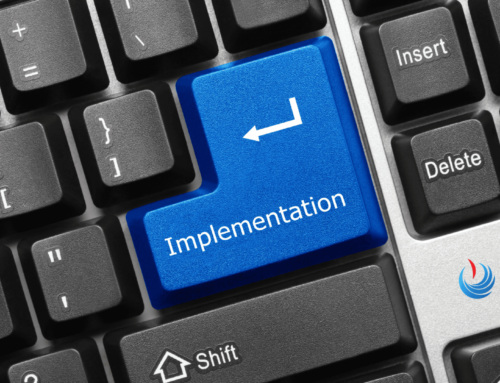When working in Behavioral Health and Substance Abuse Facilities, a doctor may encounter many difficulties when examining a new patient and attempting to determine what drugs they may be taking, or which medications will work best for them. Electronic prescribing, often known as “E-Prescribing,” allows health care practitioners to enter prescription information into a computer device, such as a tablet, laptop, or desktop computer, and securely transfer the prescription to pharmacies using a specific software program and network access.
What is E-Prescribing?
E-Prescribing is the system through which healthcare doctors enter prescription information into a cloud-based system, allowing access to the patient’s information or medical history at any time. Your patient can be assigned a pharmacy from a list that the software links to, so you don’t have to search through dozens of pharmacies to find the right one. Today, providers may choose and order medications with only a few mouse clicks. The most frequently used prescriptions can be stored in the favorites library, saving time on looking for a certain drug.
4 Benefits of E-Prescribing:
-
Reduction of Clerical Errors
One of the most important functions that E-Prescribing performs in the medical industry is that it helps prevent clerical errors. According to a research, FDA receives more than 100,000 reports every year that are associated with medication errors. This issue can be minimized with the use of e-prescription. The major source of this issue is that many medications sound similar or have similar spellings. E-Prescribing helps to clear this up by showing drug alternatives listed side by side, allowing clinicians to offer individuals a proper prescription.
-
Medical Patient Records that are Accessible
Another advantage of E-Prescribing is that it provides data management integration. Because medical records are preserved, all healthcare practitioners may see which prescriptions the patient has been taking and when they last filled their prescription. E-Prescriptions will benefit your facility greatly, from making the entire process easier, tracking prescriptions across numerous pharmacies, to allowing states to connect into prescription drug monitoring programs (PDMPs) more easily.
-
EHR Features Integrated
Integrated E-Prescribing in MedEZ EHR triggers alerts about any allergies, medication interactions, and duplicate therapies. It assists in delivering data to health professionals as well as actionable information that is greatly needed so that patients obtain the proper medications. A correctly written prescription protects physicians and pharmacy professionals.
-
Tracks Patient Care
E-Prescription is a critical tool for increasing functionality and persuading healthcare facilities to include this feature into electronic health records. Even when new patients visit a medical practice for the first time, they can learn about the patient’s medical history, preferred pharmacies, and the medications the patient is presently taking or has used.
An Electronic Health Record (EHR) is extremely important in the healthcare industry. Initially, EHR was considered a tool to digitize a patient’s medical record, but it has now evolved into much more. MedEZ‘s pharmacy module has an e-prescribe feature, which assists many patients in receiving the necessary treatments for a fast recovery.
Request a demo today! Send an email to info@medez.com or give us a call at +1(877)AT-MedEZ.
Written by Marina Malobabic for www.MedEZ.com








Leave A Comment
You must be logged in to post a comment.